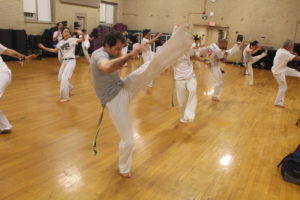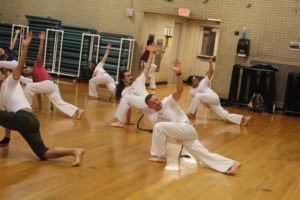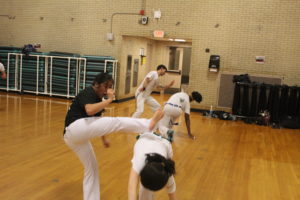You learn a lot from getting kicked.
It creates a check list of different thoughts after the impact:
- Did that just happen?
- Am I okay?
- Was it my fault?
- Why did it happen?
- Could I have esquiva’d lower?
- Was my timing off?
- When was the last time I trained?
- Am I training hard enough?
You don’t get more points for the amount of yes answers.
It’s a part of the game, and it’s why this is a martial art. The potential of that impact is why we train, why we learn to dodge, and why we protect ourselves when we dodge. Worse of all, it hurts.
If the injury is significant, I hope recovery is the only concern. I’ve been lucky enough not to sustain a big injury while I played, but I must never pretend like it never will. Even with the best training and fitness available, it’s always a possibility.
Always know it can happen, then you can be comfortable with the risk.



